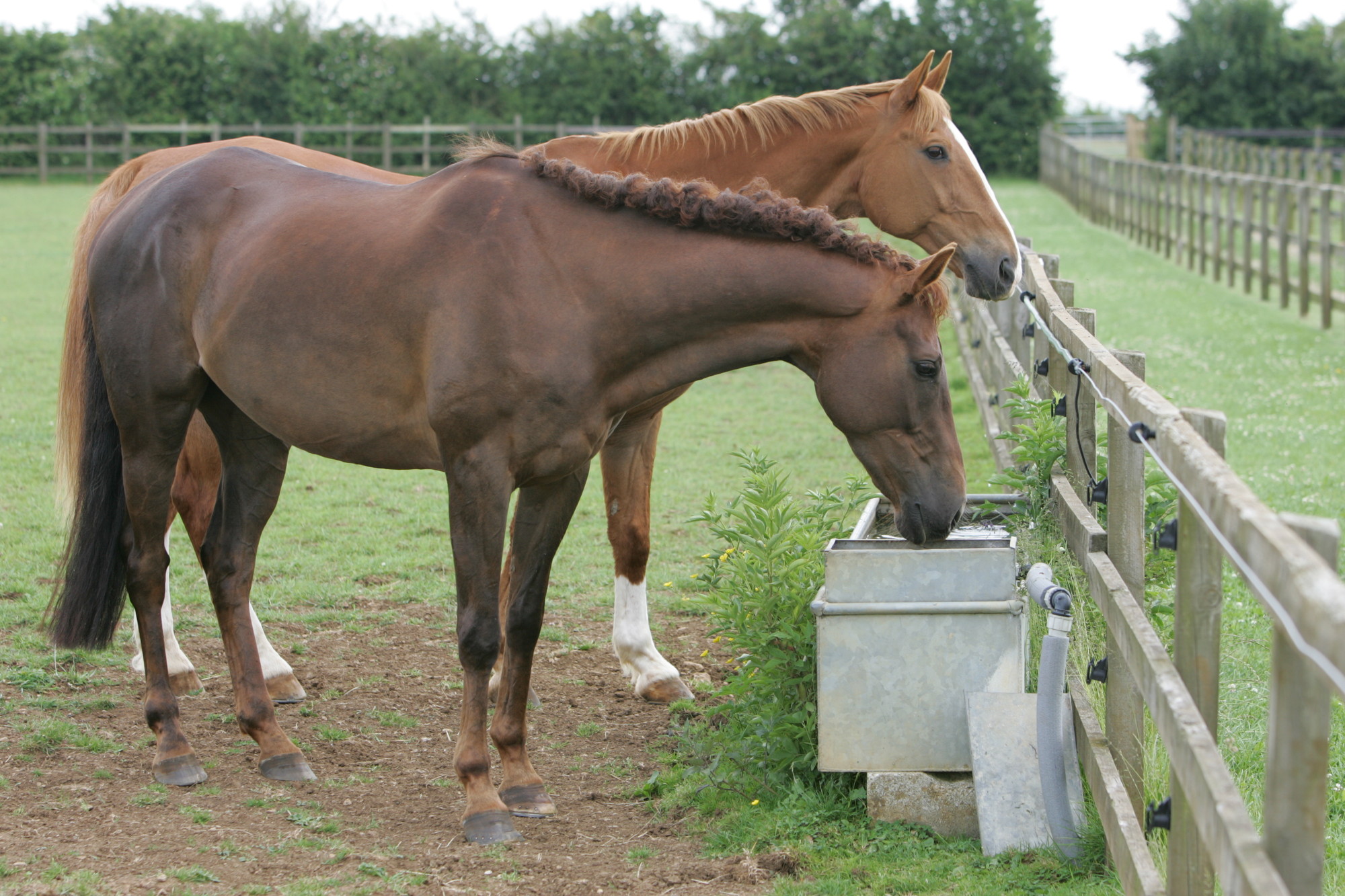
With the competition season in full swing, it’s important to ensure that your horse is receiving appropriate and adequate horse food to optimise its performance. If you’ve always thought that competition horses need cereal mixes and cubes in order to perform, think again. Research is showing that there are safer, healthier alternatives that won’t compromise your horse’s performance.
Fibre Or Forage?
Forage is the most abundant source of fibre in most horses’ diets, but fibre can be found in other feed materials in different levels. Even oats have a fibrous husk, it’s just a much smaller proportion of the feed than starch for example.
There are also different types of fibre including highly digestible pectin to less digestible cellulose. Although lignin has a structural function and is referred to as fibre, it isn’t technically fibre and is not digestible. In fact, high levels of lignin can reduce the digestibility of fibre quite significantly. The varying levels of the different types of fibre in feed materials determines how useful the fibre is as an energy source to horses. Alfalfa and sugar beet tend to contain much higher levels of digestible fibre than straw or grass hay for example.
Digestion Of Fibre
Fibre can be referred to as a structural carbohydrate. The way the glucose units link together is different to other carbohydrates which means the digestive enzymes in the horse’s gut can’t break the links. Therefore, the horse relies on micro-organisms, such as bacteria, to break down the fibre. This releases energy for the horse to use and produces other nutrients such as B vitamins. Therefore, it’s imperative that the microbial population is healthy in the gut; the horse is unlikely to be able to perform well without the right bugs.
As a result of fibre fermentation volatile fatty acids are created and can be used as energy in the presence of oxygen. It can also be stored to be used later. Propionate, a type of fatty acid, can be converted to glucose in the liver. This process is renowned as gluconeogenesis; which means glucose is produced from alternative sources to carbohydrates. Although this process is less efficient than glucose generated from glycogen, it’s a normal metabolic process which helps to maintain glucose levels in the body and is a way that horses on high forage diets naturally produce glucose from what they eat.
Fast Work
The energy from fibre can be used immediately by horses that are doing low intensity work. Alternatively, it can also be stored as fat to be used later. Some of the energy that is produced from fibre can be converted in the liver into glucose. This enables horses on a high-fibre diet to create glucose which is the energy source needed for faster work. The horse working at speed may be working anaerobically and so doesn’t have enough oxygen available to utilise fatty acids as an energy source. Glucose is used instead and may be supplied directly or by converting other stores of energy. The conversion process is slower and so will only support a horse for so long. It is important to note that even hay contains some sugars that can provide the horse with glucose for work, it is only really elite performance horses that may require cereal based feeds to provide sufficient glucose for a high level of work
Feeding Fibre Facts
Please find top tips for competing your horse or pony on a fibre diet below:
- Fibre should provide a minimum of 1.5% of the horse’s bodyweight, even if they are in hard work. This helps to maintain digestive health.
- If you’re looking to increase energy intake, choose a feed that is based on oil and fibre. If you over-feed cereals, they can increase the risk of colic and gastric ulcers. Cereals can also promote unpredictable and fizzy behaviour.
- Before you increase their energy intake, ensure you increase your horse’s workload.
- During hard work in hot weather horses will sweat more than usual. This can result in a loss of electrolytes. It’s imperative that they’re replaced through an electrolyte supplement to ensure optimal neuro-muscular function
- A soaked fibre feed is ideal for adding electrolytes to as it provides a source of highly digestible fibre and helps to aid hydration.
- To optimise performance your horse needs a balanced diet. If you’re not sure how to provide this why not speak to a specialist nutritionist?
For advice regarding what to feed your horse during competition season, speak to an equine nutritionist. They will be able to tell you what to feed your individual horse depending on their work, weight, temperament and body score condition.
